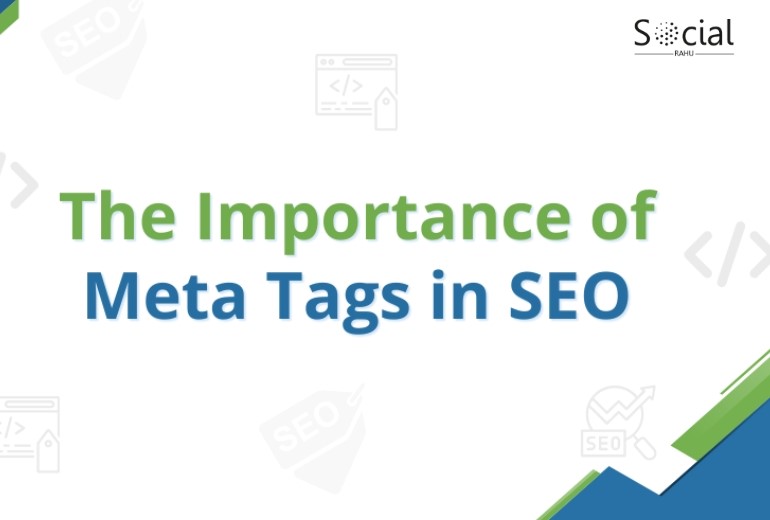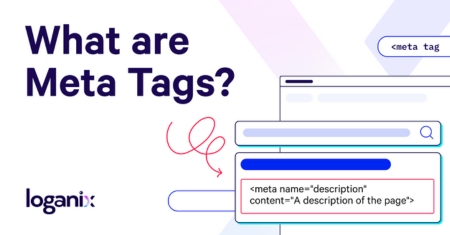Meta tags are an integral part of search engine optimization (SEO), helping search engines understand the content of a web
page. While they don't directly affect search engine rankings, well-optimized
meta tags can improve click-through rates and overall search visibility. In
this comprehensive guide, we'll explore the different types of meta tags, their
importance for SEO, and best practices for optimizing them.
What
are Meta Tags?
Meta tags are snippets of HTML code that provide
information about a web page. They don't appear on the page itself but are
visible to search engines and web crawlers. Meta tags are located in the head
section of a web page's HTML code and are used to communicate information such
as page titles, descriptions, and keywords.
Types
of Meta Tags
Title
Tag (Meta Title): The title tag is one of the most critical meta
tags for SEO. It defines the title of a web page and appears as the clickable
headline in search engine results pages (SERPs). Title tags should be concise,
descriptive, and contain relevant keywords.
Meta
Description Tag: The meta description tag provides a brief
summary of the content on a web page. While it doesn't directly impact a page's
ranking, a well-written meta description can entice users to click on the link
in search results. It should accurately describe the page's content and include
relevant keywords.
Meta
Keywords Tag: The meta keywords tag was once used to specify
the keywords relevant to a web page. However, search engines no longer consider
this tag when determining a page's ranking. As a result, it is no longer
recommended to use meta keywords.
Meta
Robots Tag: The meta robots tag instructs search engine
crawlers on how to index and display a web page. Common directives include
"index" (allowing the page to be indexed) and "nofollow"
(preventing search engines from following links on the page).
Canonical
Tag (rel="canonical"): The canonical tag is used to
indicate the preferred version of a web page when multiple versions of the same
content exist. It helps prevent duplicate content issues and consolidates link
equity to the preferred page.
Best
Practices for Optimizing Meta Tags
Use
Unique Meta Tags for Each Page: Every page on your website
should have a unique title tag and meta description tag that accurately reflect
the page's content and target keywords.
Optimize
Title Tags: Keep title tags under 60 characters to ensure
they display properly in search results. Include relevant keywords at the
beginning of the title tag and ensure it accurately describes the content of
the page.
Write
Compelling Meta Descriptions: Meta descriptions should be
between 50-160 characters and provide a compelling summary of the page's
content. Include a call-to-action and relevant keywords to entice users to
click.
Implement
Structured Data Markup: Use schema.org markup to provide search
engines with additional information about your web pages. This can improve the
visibility of your pages in search results and enhance the user experience.
Regularly Review and Update Meta Tags: Periodically review
your website's meta tags to ensure they are accurate, up-to-date, and optimized
for relevant keywords.
Conclusion
Meta tags are an essential component of on-page SEO and can
significantly impact a page's visibility in search engine results. By following
best practices for optimizing meta tags, you can improve your website's search
visibility, attract more organic traffic, and ultimately, achieve better
results in search engine rankings.






